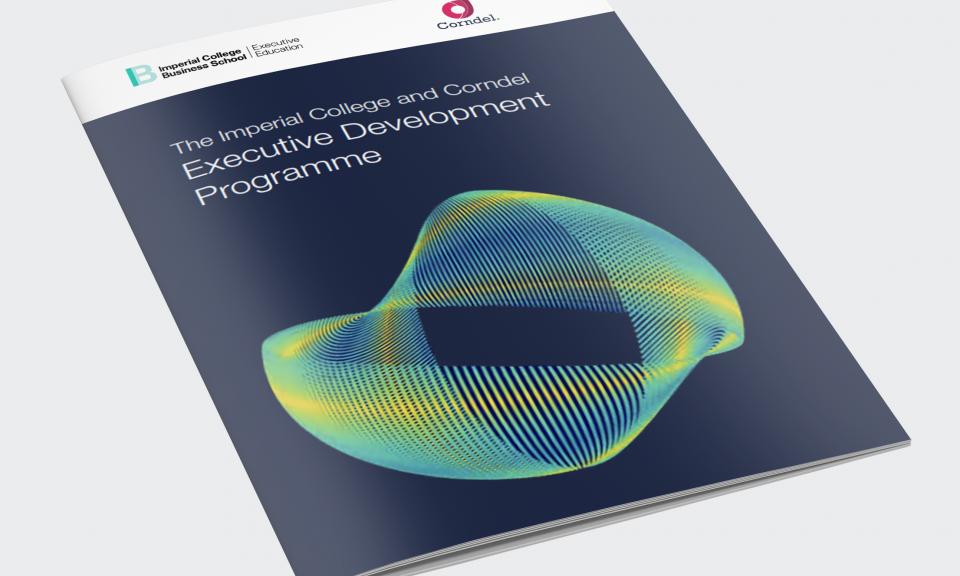One of the most heated debates in education today concerns the liberal arts model. It has come under fire in recent years, and has been increasingly compared to STEM (science, technology, engineering, math) learning. The rapid introduction of new technologies which require field specialization are, many argue, outdating subjects such as philosophy and literature. In this digital universe, the idea of a liberal arts education has become the academic equivalent of vinyl records.
Critics argue that the highly specialized and sought-after STEM degrees, such as informatics, robotics, or laser technology, have presented a preferred alternative to a liberal arts education. With globalization, skills in STEM subjects have become a necessity in today’s job market.
In recent years, however, a revival of the liberal arts model may be coming from a most unlikely place: Asia. While the future of small liberal arts colleges in the U.S., many seeing anemic funding and attendance rates, looks tenuous, in recent years, educators and administrators in countries like China, Japan, South Korea, and Singapore are focusing on schools which focus on critical thinking and creativity. While Asian students continue to stream into U.S. colleges – Chinese students alone account for nearly 30% of all foreign students in the country — there is a “gradual liberal arts switch happening,” says David Kim, CEO of C2 Education, a tutoring and test preparation service with 150 centers nationwide and based in Atlanta, GA.
“Just as the U.S. begins to move away from traditional liberal arts programs and turn to specialized online programs, Asia is discovering there is benefit in the creativity and well-rounded perspective that comes from a liberal arts education,” says Chester Goad, Ph.D., who sits on the editorial review board for the Journal of Postsecondary Education and Disability. “Seeking to break away from their own traditionally homogenized and rigidly specialized educational system, Asian countries began in recent years to find inspiration from our system.”
This is an interesting twist, he points out, since for years, some American politicians have pointed to Asia’s specialized educational systems as a potentially more effective system of learning.
This list is based off of the 2014 QS University Rankings for Asia, which uses nine indicators to compile its rankings: academic reputation, employer reputation,faculty: student ratio, citations per paper, papers per faculty, proportion of international faculty and students, and proportion of inbound and outbound exchange students. The schools in Asia with liberal arts programs are thus listed below in order of rankings.
Radical Experiment
In the last decade, liberal-studies programs have popped up in China, Japan, and South Korea, although the total number of liberal arts institutions in the region is still tiny compared with Asian institutions which demand early specialization in a specific field. The creation of Yale-NUS in 2011 is a prime example of the experiment to see whether an American style liberal arts model can survive abroad. This pioneering partnership between Yale University and the National University of Singapore is a separate liberal arts college within the larger National University of Singapore campus.
[“source-forbes.com”]











